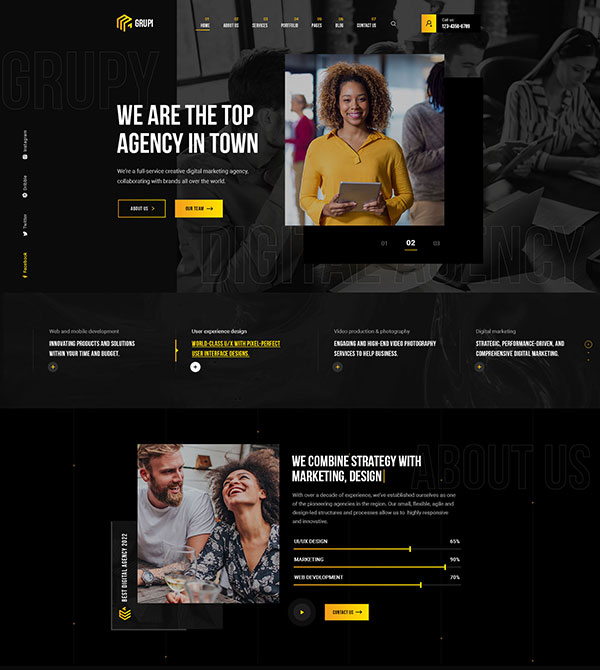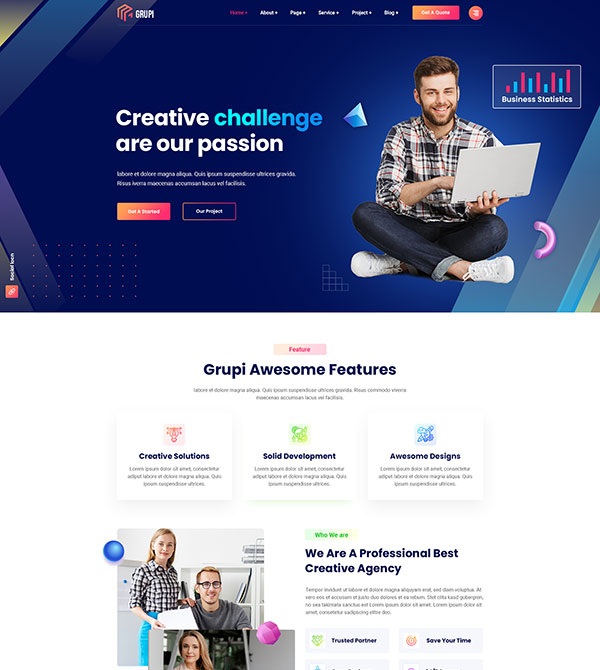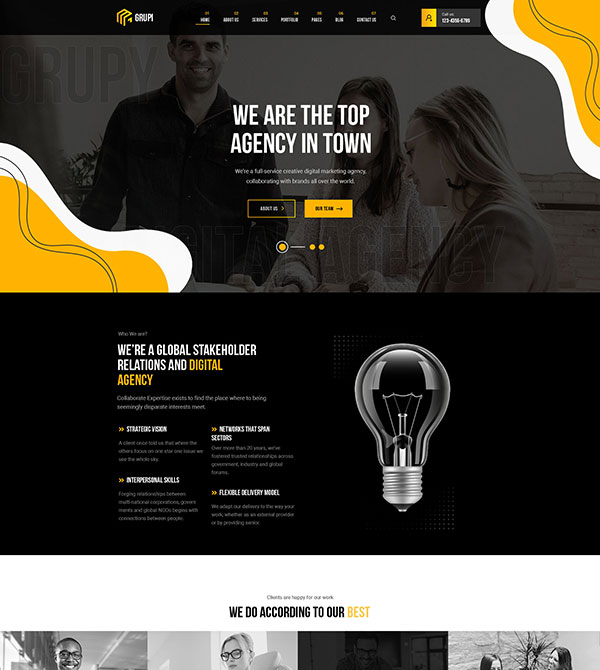Implementing truly data-driven personalization in email marketing requires more than just collecting data—it demands a robust, technically sophisticated integration of multiple data sources into a unified system. This deep-dive guides you through the intricate process of building a seamless data ecosystem that enables precise, real-time personalization. We focus on actionable steps, technical best practices, and common pitfalls, ensuring you can elevate your email campaigns from basic segmentation to sophisticated, dynamic personalization.
Table of Contents
- Understanding and Collecting Data for Personalization
- Building a Personalization Engine: Technical Setup and Data Integration
- Designing Personalized Email Content Based on Data Insights
- Implementing Advanced Personalization Techniques
- Testing, Validation, and Optimization of Personalized Campaigns
- Addressing Privacy, Compliance, and Ethical Considerations
- Case Study: Step-by-Step Implementation of Data-Driven Personalization
1. Understanding and Collecting Data for Personalization in Email Campaigns
a) Identifying Key Data Sources: CRM, Website Analytics, Purchase History
The foundation of effective personalization is comprehensive data collection. Start by mapping out your primary data sources: Customer Relationship Management (CRM) systems hold detailed customer profiles, preferences, and interaction history. Website analytics platforms like Google Analytics or Adobe Analytics provide behavioral data, such as page views, time spent, and navigation paths. Purchase history offers transactional insights crucial for product recommendations and lifecycle marketing.
b) Techniques for Data Collection: Forms, Behavioral Tracking, Third-Party Integrations
Implement multi-channel data collection tactics:
- Enhanced Forms: Use progressive profiling to gradually gather detailed user data over multiple interactions, reducing friction and increasing completeness.
- Behavioral Tracking: Embed JavaScript snippets to track user actions—clicks, scrolls, and time on page—then send this data to your data warehouse or CDP.
- Third-Party Integrations: Connect your email platform with social media, review sites, and ad platforms via APIs to enrich customer profiles with external data.
c) Ensuring Data Accuracy and Completeness: Validation, Deduplication, Updating Records
Data quality is paramount. Adopt a continuous validation process: implement real-time validation rules within data entry forms (e.g., format checks for email, phone), use deduplication algorithms to prevent redundant records, and schedule regular data audits. Automate record updates by syncing with authoritative sources, such as CRM updates or purchase confirmation systems, to keep your data current and reliable.
2. Building a Personalization Engine: Technical Setup and Data Integration
a) Setting Up a Customer Data Platform (CDP) or Data Warehouse
Your first technical step is establishing a centralized data repository. A Customer Data Platform (CDP) like Segment, Treasure Data, or BlueConic provides a unified interface for data collection, segmentation, and activation. Alternatively, a data warehouse such as Snowflake or BigQuery offers scalable storage and querying capabilities. Choose based on your scale and technical expertise. Prioritize systems that support real-time data ingestion and API integrations.
b) Integrating Data Sources with Email Marketing Platforms
Use API connectors, ETL pipelines, and middleware (like Zapier or MuleSoft) to sync your data sources with your email platform (e.g., Salesforce Marketing Cloud, HubSpot, Klaviyo). For example, set up an automated pipeline that fetches purchase data hourly, updates customer profiles, and triggers segmentation rules. Ensure your integrations support bi-directional data flow where necessary—for instance, recording email engagement back into your CRM.
c) Establishing Data Pipelines for Real-Time Personalization Updates
Design robust data pipelines using tools such as Apache Kafka, AWS Kinesis, or Google Cloud Dataflow to stream data in real-time. For example, when a customer completes a purchase, the event should immediately update their profile, triggering personalized content in subsequent emails. Use event-driven architectures where data changes trigger webhook calls or API updates, ensuring your personalization engine reacts instantly to new data.
3. Designing Personalized Email Content Based on Data Insights
a) Crafting Dynamic Content Blocks and Conditional Logic
Leverage email platform capabilities like AMP for Email, dynamic blocks, and conditional logic. For instance, create blocks that display different product recommendations based on purchase history, or show different images based on geographic location. Use templating languages or platform-specific syntax (e.g., Liquid, Handlebars) to embed conditional statements:
<!-- Example: Show VIP offer for customers with high lifetime value -->
{% if customer.ltv > 1000 %}
<div>Exclusive VIP Offer!</div>
{% else %}
<div>Regular Customer Offer</div>
{% endif %}
b) Using Personal Data to Tailor Subject Lines, Preheaders, and Body Text
Apply personalization at every touchpoint. For example, dynamically insert the recipient’s first name, preferred store location, or recent browsing categories into subject lines:
Subject: {{ first_name }}, Your Favorite Items Are Back in Stock!Ensure your data feeds are clean and structured to support these dynamic insertions without breaking templates.
c) Implementing Product Recommendations and Behavioral Triggers
Use algorithms such as collaborative filtering or content-based filtering to generate real-time product suggestions. Incorporate behavioral triggers—like cart abandonment or browsing abandonment—to send timely, relevant emails. For example, trigger a personalized cart reminder email containing products the user viewed but did not purchase, using data from your tracking pipeline.
4. Implementing Advanced Personalization Techniques
a) Time-Sensitive Personalization: Send Time Optimization
Use machine learning models to predict optimal send times based on individual engagement patterns. For example, analyze historical open times to schedule emails when users are most receptive. Tools like Send Time Optimization in Klaviyo or predictive algorithms in your CDP can automate this process.
b) Location-Based Personalization: Geotargeting Content and Offers
Incorporate geolocation data captured via IP or device GPS to personalize content. For instance, display store-specific promotions, local events, or regional language variations. Ensure your data pipeline accurately captures and updates location data, and your email templates dynamically adapt based on recipient location.
c) Personalizing Based on Lifecycle Stage and Engagement History
Segment users by lifecycle stage—new, active, dormant—and tailor messaging accordingly. Use engagement history to trigger re-engagement campaigns or loyalty offers. Employ scoring models that assign scores based on interactions, and automate content changes as customers evolve through their lifecycle.
5. Testing, Validation, and Optimization of Personalized Campaigns
a) A/B Testing Different Personalization Strategies
Design controlled experiments to test variations, such as different dynamic content blocks, subject line personalization, or send times. Use multivariate testing where possible to identify the most impactful personalization elements. Ensure statistically significant sample sizes and track results meticulously.
b) Monitoring Key Metrics: Open Rate, Click-Through Rate, Conversion Rate
Implement dashboards that track campaign performance at granular levels. Use these insights to identify personalization errors—such as misfired merge tags or irrelevant content—and correct them promptly. Regularly review data to inform iterative improvements.
c) Detecting and Correcting Personalization Errors or Irrelevant Content
Set up automated alerts for anomalies in data or engagement metrics. Conduct periodic manual audits of email content to verify dynamic elements function correctly. Develop fallback content strategies to handle missing or incomplete data, preventing broken personalization.
6. Addressing Privacy, Compliance, and Ethical Considerations
a) Ensuring Data Privacy Compliance (GDPR, CCPA)
Implement privacy-by-design principles: include explicit consent prompts, provide clear opt-in/opt-out options, and document data processing activities. Use privacy management tools like OneTrust or TrustArc to automate compliance workflows. Regularly audit your data handling processes to ensure adherence.
b) Managing Customer Consent and Preference Settings
Allow users to update their preferences via self-service portals, and synchronize these preferences across all systems. Use granular consent options for different data uses, and record timestamps for consent changes to demonstrate compliance.
c) Ethical Use of Personal Data and Transparency in Personalization
Be transparent about data collection and usage. Provide clear privacy policies, and avoid manipulative personalization tactics. Educate your team on ethical standards, and establish internal guidelines to prevent misuse of data.
7. Case Study: Step-by-Step Implementation of Data-Driven Personalization
a) Scenario Overview and Objectives
A mid-sized fashion retailer aims to increase engagement and conversions by deploying real-time, personalized product recommendations based on browsing and purchase data, combined with location and lifecycle insights.
b) Data Collection and Segmentation Approach
The retailer integrates their website analytics, CRM, and POS systems into a Snowflake data warehouse. They segment users into three lifecycle stages and enrich profiles with geolocation data via IP lookup. Behavioral data triggers real-time updates via Kafka pipelines.
c) Technical Setup and Content Personalization Tactics
Using a combination of Segment and custom APIs, the retailer ensures data flows into their email platform (Klaviyo). Dynamic content blocks adapt based on purchase history and location, with send times optimized for each user. They implement fallback content to handle missing data.
d) Results, Lessons Learned, and Best Practices for Future Campaigns
Post-launch, open rates increased by 25%, and conversion rates improved by 15%. Key lessons include the importance of data validation, the need for continuous pipeline monitoring, and the value of transparent customer communication. Future plans involve expanding to include AI-powered predictive recommendations and further privacy enhancements.
For a broader understanding of foundational principles, explore the {tier1_anchor} article. Mastery of data integration ensures your personalization strategies are scalable, accurate, and ethically sound—transforming raw data into a powerful competitive advantage.









